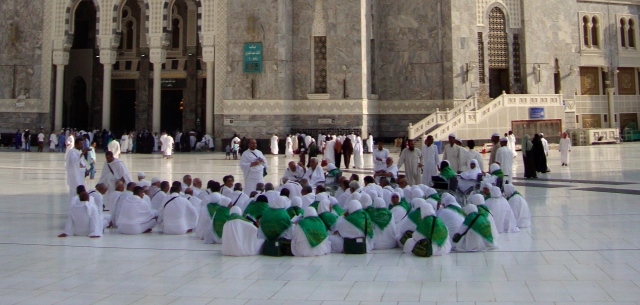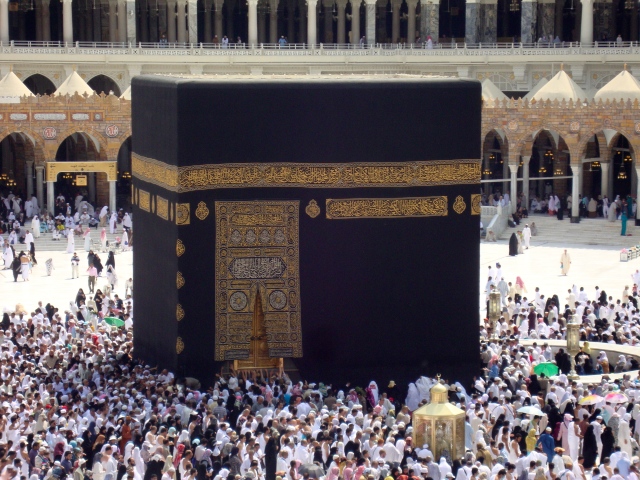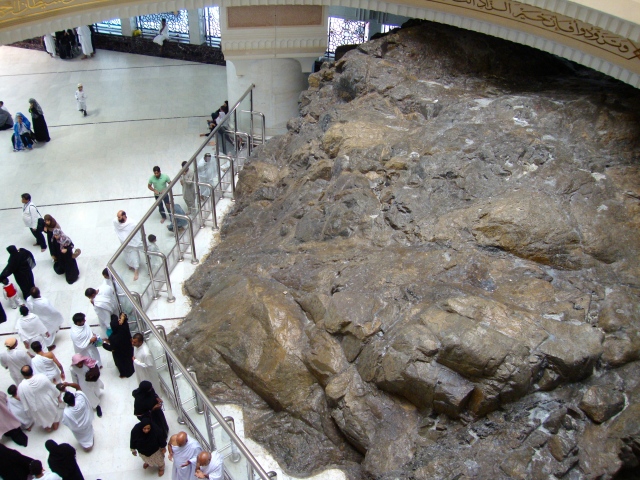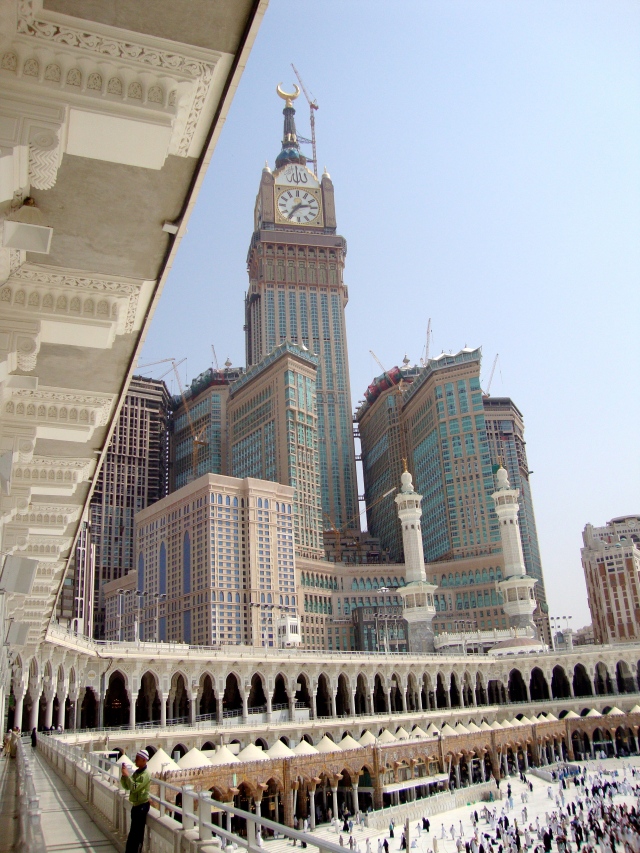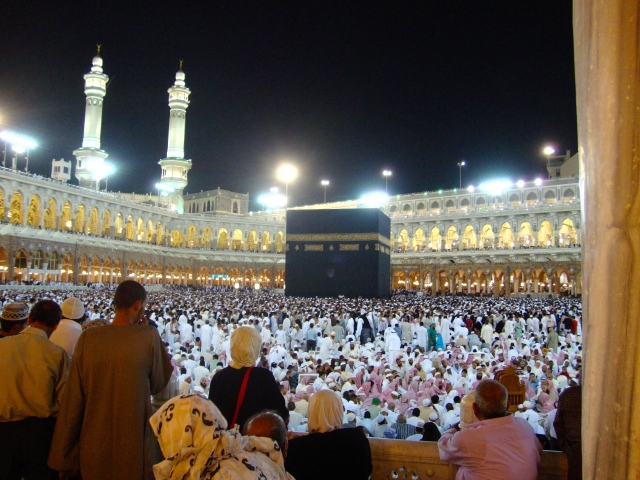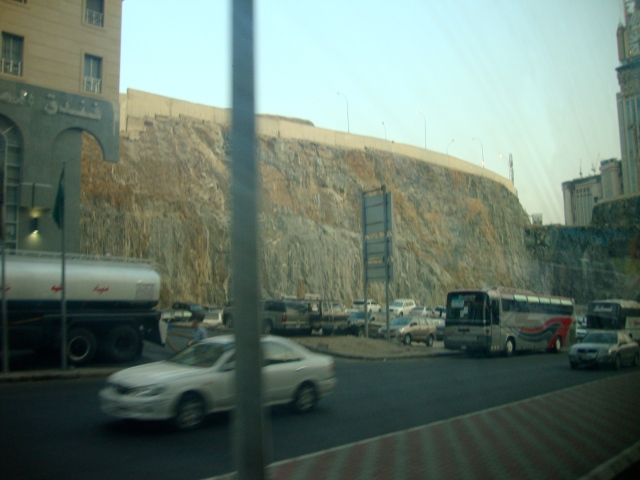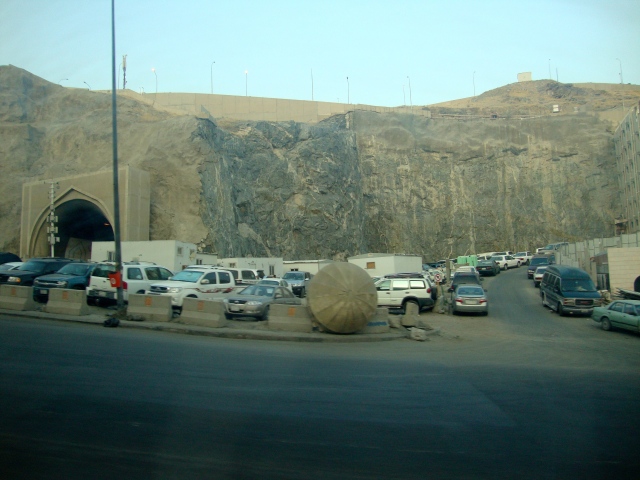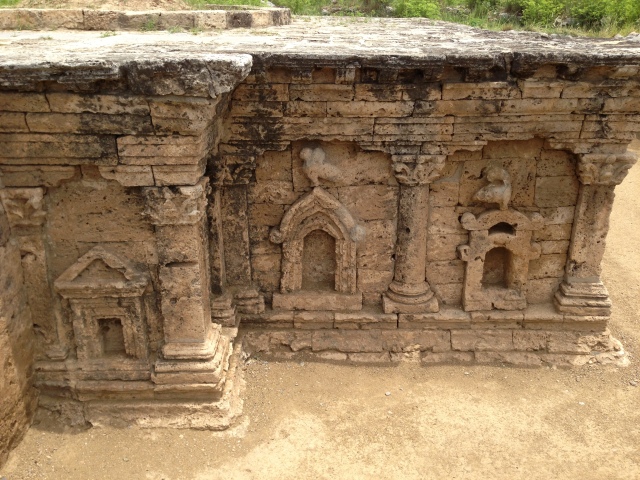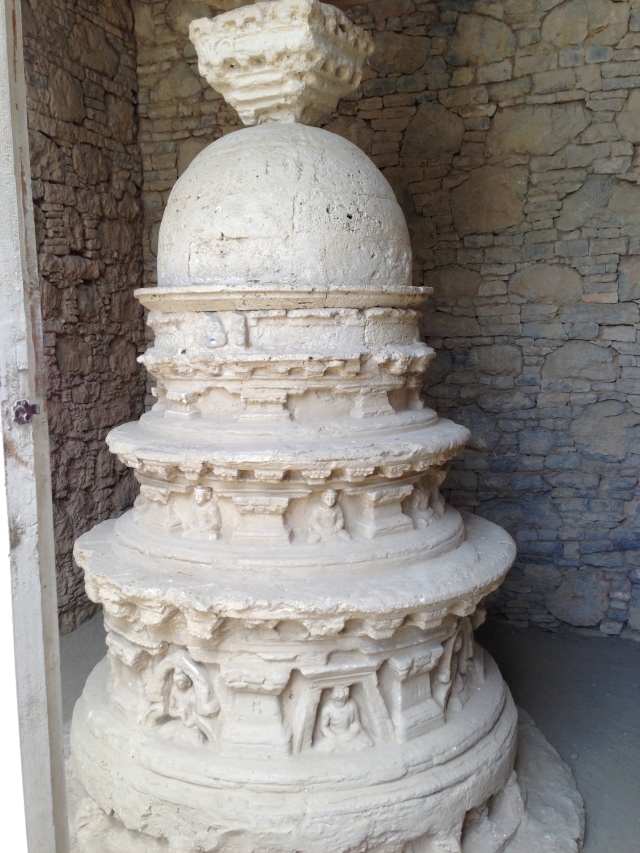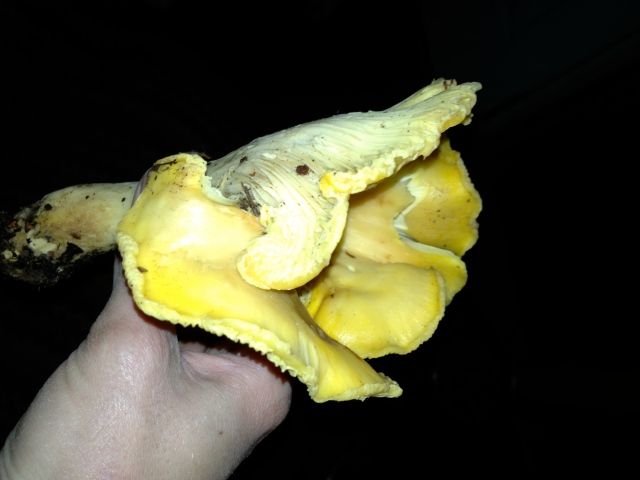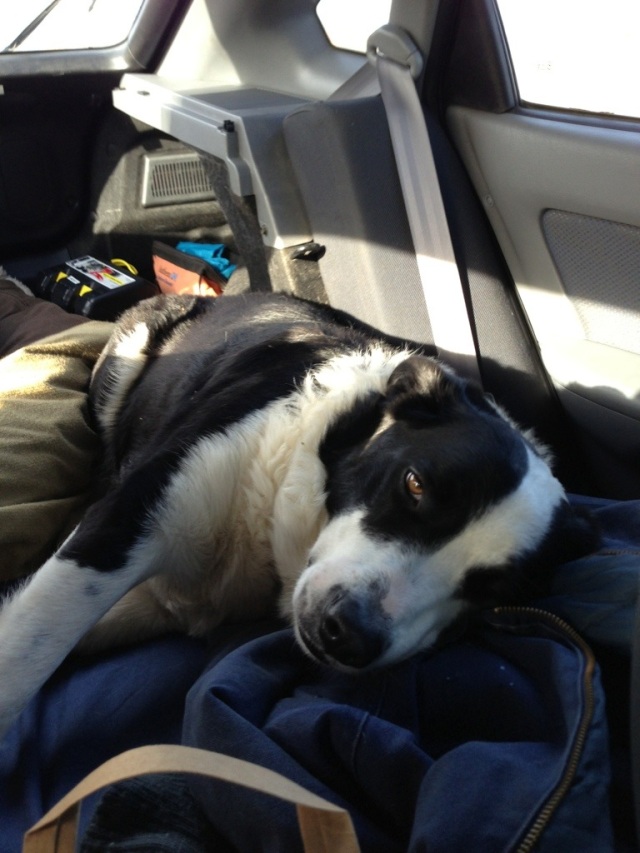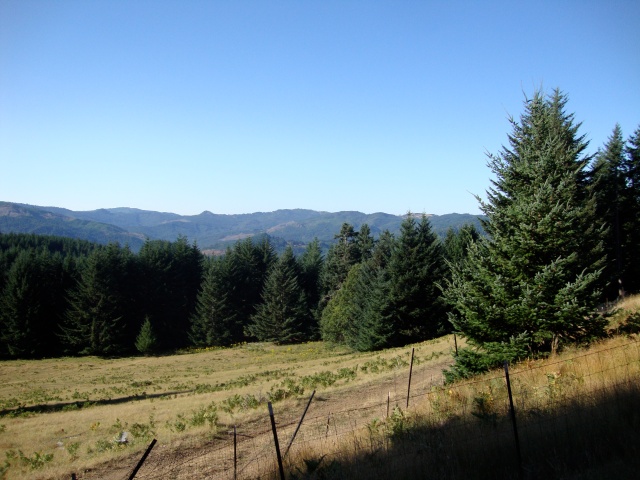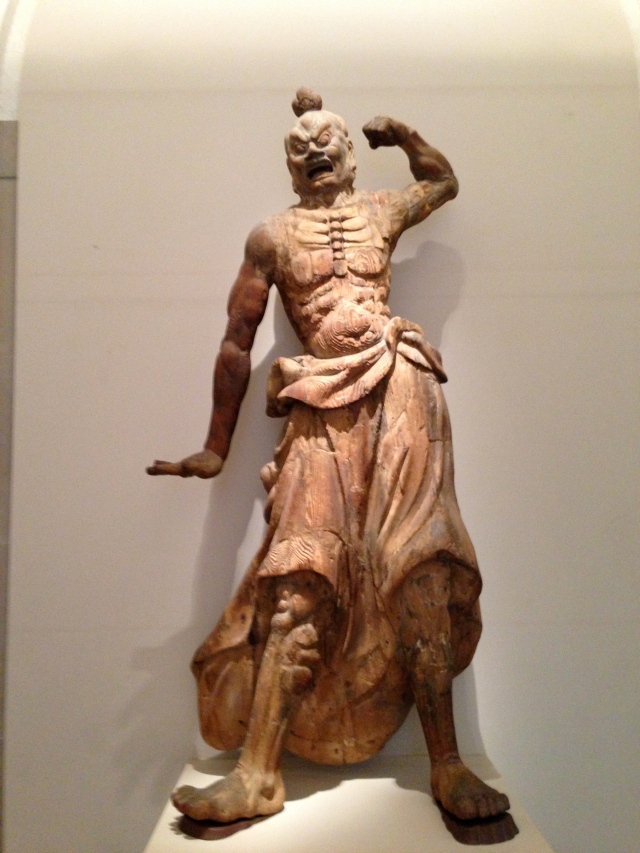I readily admit:
- I’m a bit cheap.
- Having grown up with plenty of good ‘home cooking’ resulted in a willingness to cook from scratch.
- An interest in history and international cultures has turned into a particularly ‘over the top’ collection of cookbooks from around the world; largely focused on regional foods with just a few technique or ingredient specific.
- Reading recipes is the ultimate in short stories . . . great for reading in short bursts between other distractions.
- Puttering in the kitchen is my creative outlet (though not everything is a success; it is quickly eaten and new creations attempted) and relaxing.
All this said, I didn’t grow up butchering things or really understanding that much about meat. We ate enough of it – a LOT of ground beef, but also pot roasts, random steaks, and bits of this and that. It all entered our home wrapped and labeled (at times from a butcher; at times from the grocery store.) I raised 4-H lambs and steers; and through 4-H even learned about the different beef grades (select, choice, prime . . . my last steer raised and sold graded prime, by the way! I wish he had ended up in my freezer.) But I didn’t really understand meat and the interaction with various methods of cooking.
I’ve never been intimidated by whole poultry; as a culture approaching a whole roast chicken or turkey is reasonably expected and annually encountered (think Thanksgiving or rotisserie chicken.) It did take a bit of practice and watching Jacques Pepin and Julia Child shows to learn how to break down a chicken, and I’m still learning new ways to do this (Jacques Pepin has a video out on how to make cute little chicken lollipops from the wings.)
But beef has remained something of a mystery. Given I’m cheap, some years ago I did start to play around a bit with some boneless subprimal packages available in the regular grocery stores. Basic research gives insight into the origins of the cuts; chuck from the shoulder, round from the hind leg . . . We eat a lot of stew type dishes – so it isn’t extremely necessary to understand a lot more than how to cube and slow cook into a curry or other slow braise. My early attempts to cut into cheap steaks were not always successful. I was still low on the learning curve to figure out grain of the meat, trimming, and relative tenderness and flavor.
Last year, upon moving out to the Seattle area, I started to buy the large subprimals from Cash and Carry (did I mention that I’m cheap and tend to focus on the per lb price?) These really pushed me further to learn about where they come from on the beast and how to better cut them to maximize yield (and have something to cook other than ground or stew.) About the same time last year, dinner with friends introduced me to an unfamiliar Brazilian cut of beef meant to be grilled. This led to my discovery of more online resources in my growing interest in understanding meat to save money but eat well and be creative. (The brazilian cut was the picanha; aka sirloin cap roast or culotte steak, for what it’s worth.) Youtube is fantastic . . . there videos abound of people breaking down ‘Costco’ purchased subprimals – into steaks and roasts and discussing how to work with the grain of meat. I started with the Danish Meat Cutter.
So choice grade Top Sirloin subprimals were bought for the picanha as a single roast (for the grill), sirloin steaks and roasts from the remaining muscle, and all of the trimmings added to either choice or select grade bottom round subprimals, with some cut for stew meat and pot roasts, and the rest for home ground beef.
This was just the beginning of a year that has included a lot of new ways (for me) with meat.


